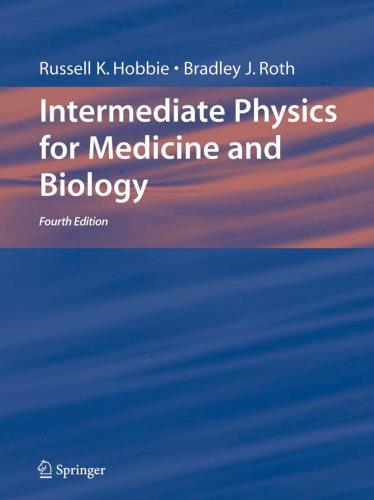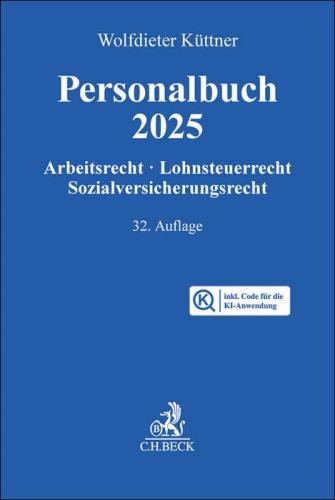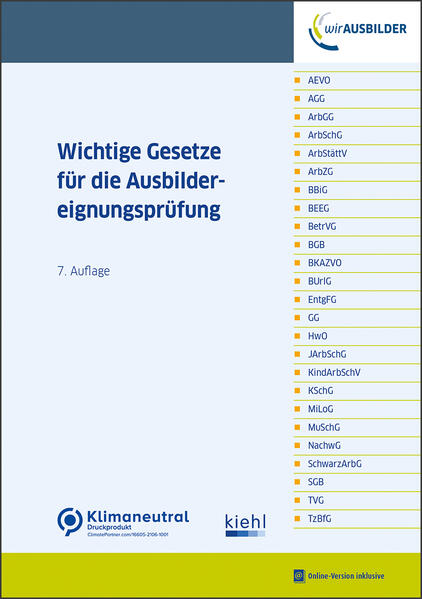
Intermediate Physics for Medicine and Biology
| Autor | |
| Quelle | Sonstige Datenquellen |
| ISBN | 978-0-387-30942-2 |
| Lieferbarkeit | lieferbar |
| Katalogisat | Basiskatalogisat |
| Verlag | Springer US |
| Erscheinungsdatum | 12.03.2007 |
Beschreibung (Kurztext)
This text, useful as a course text or advanced self study, bridges the gap between introductory physics and its application to the life sciences. The theoretical discussion is related closely to experiment, and the text includes numerous problems and exercises.
Aimed at advanced undergraduates and beginning graduate students who have had a prior course in physics and calculus, this text effectively bridges the gap between introductory physics and its application to the life sciences. This third edition adds much new material, including: the circulatory system, the logistic question, countercurrent transport, nonlinear systems, image formation, and sensory transducers. Numerous problems test students' understanding, and chapters include useful bibliographies for further reading. Its minimal prerequisites and wide coverage make this book ideal for self-study, as well as a useful reference for workers in biophysics, biological physics, physiology, medical physics, cell biology, and biomedical engineering. A solutions manual is available.
Beschreibung (Langtext)
Intended for advanced undergraduate and beginning graduate students in biophysics, physiology, medical physics, cell biology, and biomedical engineering, this wide-ranging text bridges the gap between introductory physics and its application to the life and biomedical sciences. This extensively revised and updated fourth edition reflects new developments at the burgeoning interface between physics and biomedicine. Among the many topics treated are: forces in the skeletal system; fluid flow, with examples from the circulatory system; the logistic equation; scaling; transport of neutral particles by diffusion and by solvent drag; membranes and osmosis; equipartition of energy in statistical mechanics; the chemical potential and free energy; biological magnetic fields; membranes and gated channels in membranes; linear and nonlinear feedback systems; nonlinear phenomena, including biological clocks and chaotic behavior; signal analysis, noise and stochastic resonance detection of weak signals; image formation and description; image reconstruction; hearing and medical ultrasound; atoms and light; near infrared scattering; optical coherence tomography; infrared radiation; ultraviolet light; radiometry and photometry; the interaction of photons and charged particles in tissue; radiological physics and the use of x-rays in diagnosis and therapy; nuclear medicine; and magnetic resonance imaging. Discussion of theory is more closely linked to experiment, and stochastic processes are presented as an integral part of biological systems. A prior course in physics and in calculus is assumed.
Over 800 problems (a 44% increase from the third edition) are included to test the student's understanding and to provide additional biological examples. A solutions manual is available to instructors. Each chapter has an extensive list of references as well as useful bibliographies for further reading.
Intermediate Physics for Medicine and Biology
is also ideal for self study and as a reference for workers in medical and biological research.
KEY FEATURES:
- Provides an excellent background in physics for physicians, biomedical engineers, and biologists
- Includes a new chapter on sound and ultrasound and presents stochastic processes as an integral part of biological systems
- Emphasizes applications of physics to biomedicine rather than molecular biophysics
- Contains numerous problems and exercises for course use and as a reference for self study
This text bridges the gap between introductory physics and its application to the life sciences. There are many topics treated in this wide-ranging book. The fourth edition is updated throughout to reflect new developments; the discussion of theory is more closely linked to experiment; a discussion of stochastic processes is added; the discussions of anatomy and biology are expanded. The text includes many problems to test the student's understanding, and chapters include useful bibliographies for further reading. Its minimal prerequisites and wide coverage make it ideal for self-study, as well as a useful reference for workers in medical and biological research.




